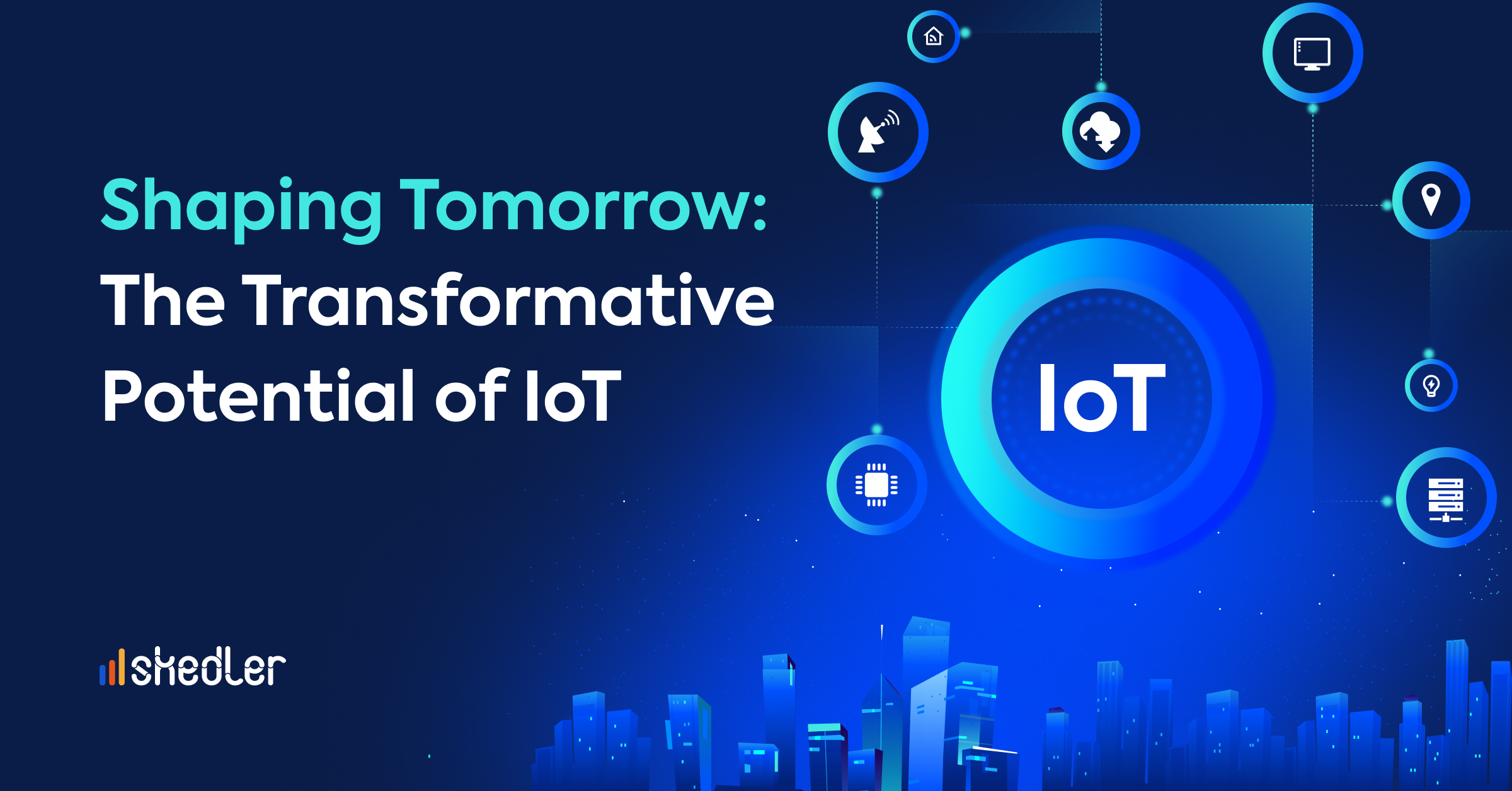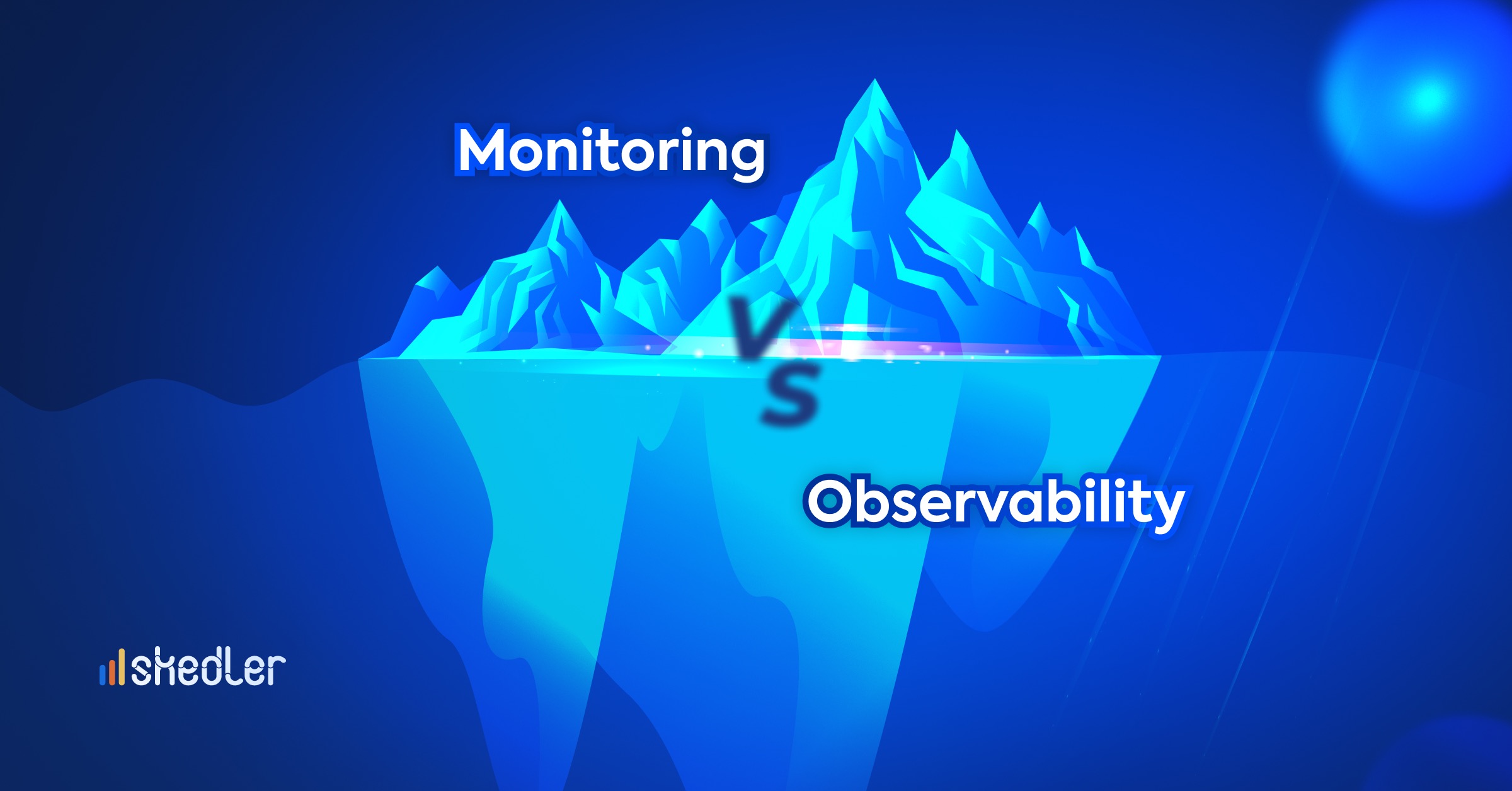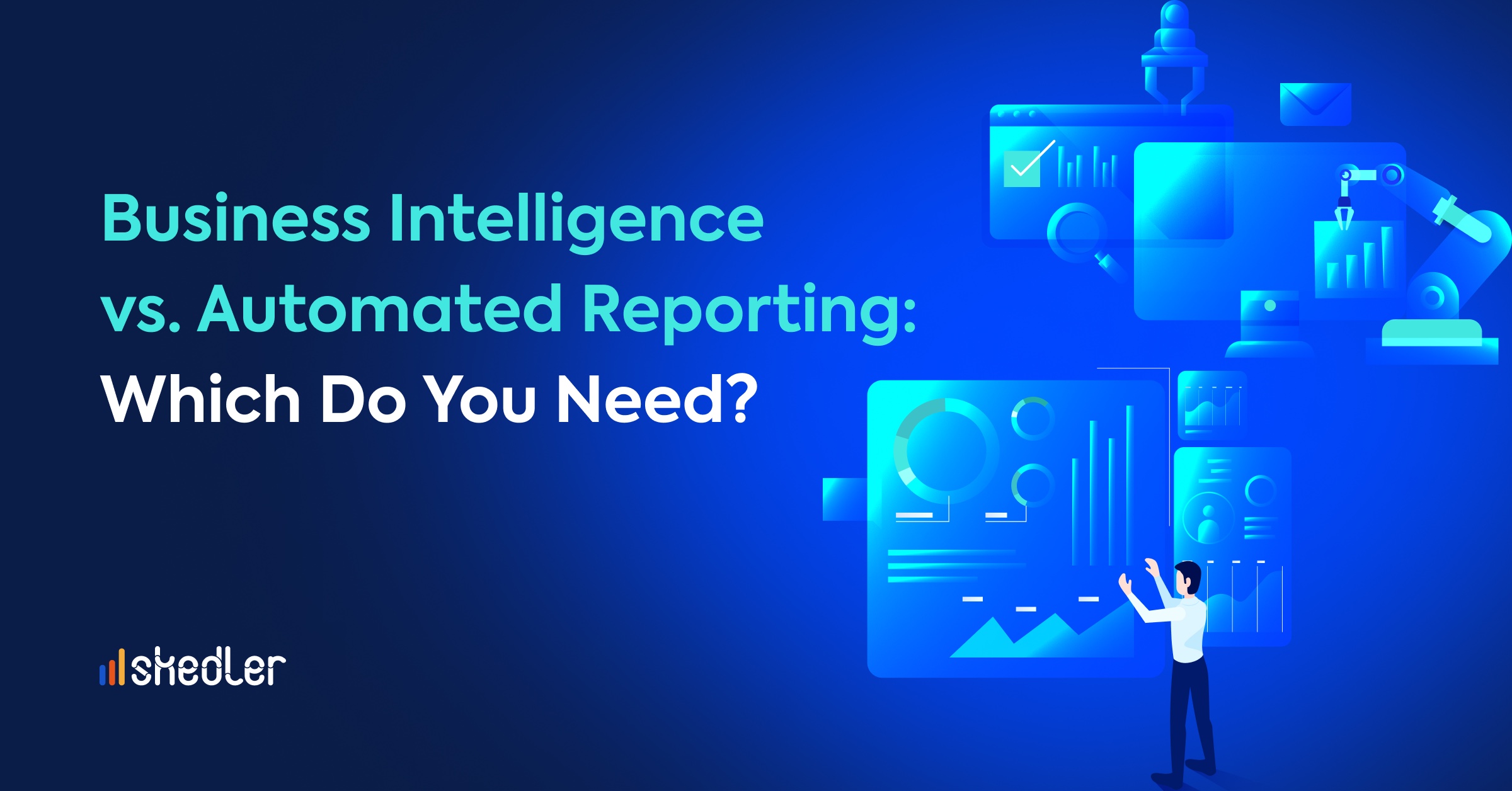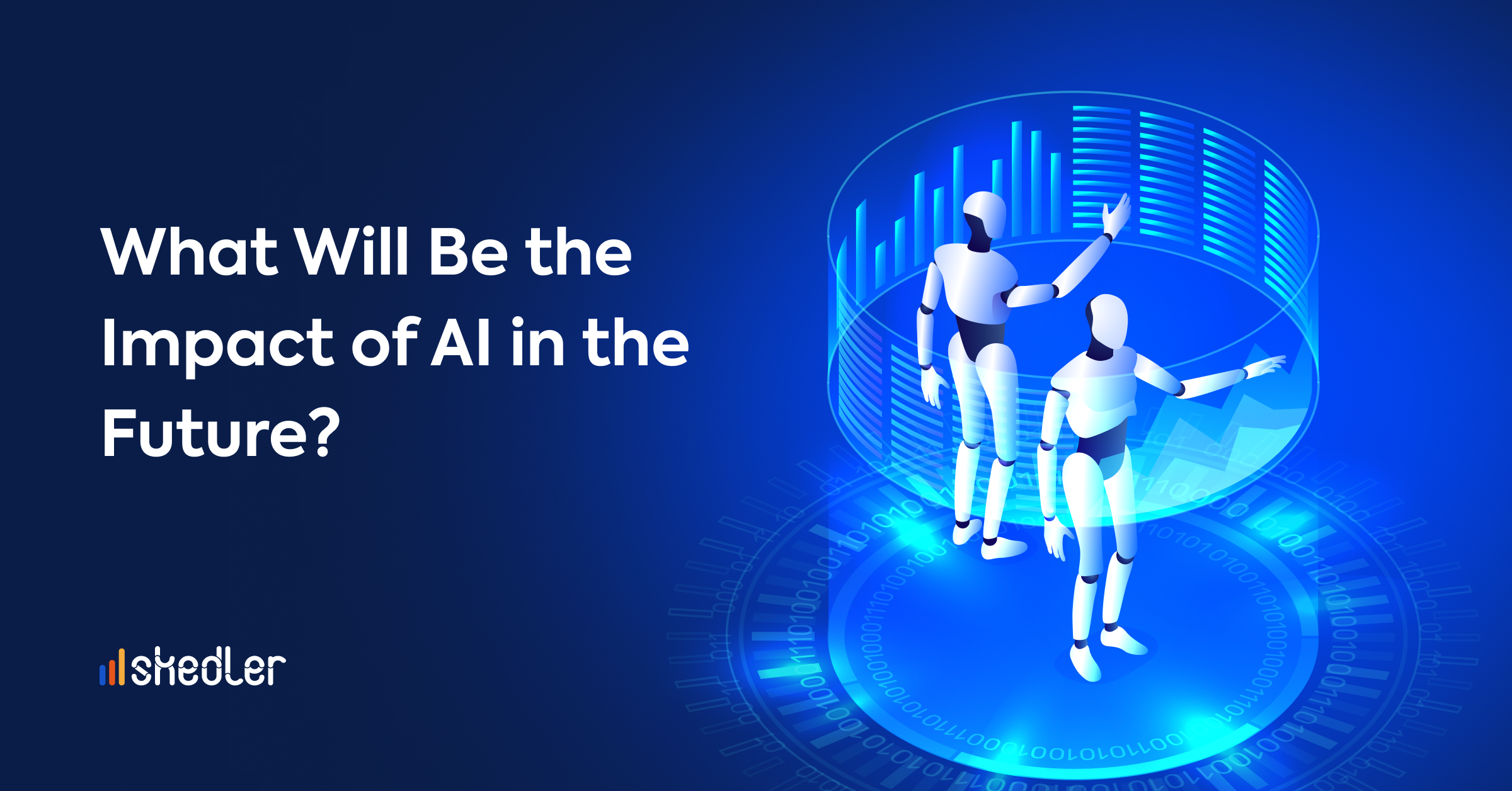Shaping Tomorrow: The Transformative Potential of Internet of Things
The Internet of Things (IoT) has revolutionized our interactions with the world. The growth of the IoT global market is opening up new possibilities, and we can expect to see significant breakthroughs in the next decade.
Statistics suggest that the number of IoT devices can be expected to reach 29 billion by 2030, up from 9.7 billion in 2020.
The world we live in today is becoming increasingly interconnected, thanks to remarkable technological advances. One such transformative force revolutionizing how we live, work, and interact is the IoT. IoT involves connecting everyday objects to the Internet, enabling communication, data collection, and subsequent action.
As of today, the future of this industry is expected to be bright and significant advances are expected in both the short term and the long term. IoT devices are expected to be installed and integrated into almost every technology humans interact with.
Let’s take a look at some of the trends expected in the coming years:
Edge Computing
One of the most significant trends in IoT is the shift toward edge computing. Internet of Things applications typically perform monitoring functions, collecting and analyzing data to make informed decisions. These IoT applications can process data daily, hourly, or in response to external inputs. Edge computing benefits IoT by bringing data processing closer to the device itself, reducing network traffic and latency, and enabling real-time insights.
IoT devices often operate by sending small packets of data to a central management platform for analysis. This works well for some applications, but the expected growth of IoT means that future networks will be overloaded with devices. Edge computing optimizes bandwidth and only sends long-term storage data to the central platform, not all data.
Moreover, thanks to its localized approach, edge computing allows for increased security, as attackers could otherwise exploit the large volume of connected devices to execute, for example, DDoS attacks.
Artificial Intelligence and Machine Learning
Another trend in IoT is the increasing use of artificial intelligence (AI) and machine learning (ML) to analyze data. AI and IoT are closely related. AI and IoT are the perfect marriage of capabilities. AI enhances IoT through intelligent decision-making, and IoT facilitates AI’s ability through data sharing.
Artificial intelligence unlocks the true potential of IoT by enabling networks and devices to learn from past decisions, predict future activity, and continuously improve performance and decision-making capabilities. Artificial intelligence is bringing great changes to different industries and fields, and is also constantly developing, as evidenced by the advancement of the Explanable AI.
As demands and expectations change, IoT falls short and is not enough. As the amount of data increases, so do the challenges and obstacles, limiting the possibilities. Smart devices using AI and Machine Learning can change that and enable organizations to unlock the true potential of their organizational data.
The combination of IoT and AI will lead the way to a new era of solutions and experiences that will transform businesses across numerous industries, creating new opportunities altogether.
Smart Cities
Another exciting application of Internet of Things is in the field of smart cities. Smart city initiatives have the potential to address many contemporary urban challenges using information and technology.
Since 1950, the number of people living in cities has increased by almost six times. That number is projected to increase by another 2.5 billion by 2050. Smart cities, along with the Internet of Things, are one of the most promising technologies to address the severe pressure this rapid population growth places on city infrastructure. The application of IoT and smart city initiatives aims to enhance the management of traffic, energy consumption, public safety, healthcare, and various other aspects.
In urban areas, an intelligent city utilizes IoT sensors to gather data and automate systems like traffic, energy usage, and waste management, among other things. This approach enables smart cities to enhance the effectiveness of urban services, reduce expenses, and elevate living standards.
By incorporating advanced technology, a smart city establishes a comprehensive network of interconnected sensors and devices that collect real-time information. This information is then utilized to enhance the efficiency of public services, resulting in cost and resource savings.
Critical Industrial Applications for IoT in 2023
Agriculture
Agriculture is one of the industries that has experienced a significant impact due to IoT adoption. Always open to technological innovation, agriculture has become more technology-driven and industrialized through IoT. Smart farming is a term that denotes the application of IoT solutions in agriculture. This practice uses IoT sensors to collect environmental and machinery metrics, allowing for more accurate monitoring and control of farming operations.
According to a report by Statista, the global IoT market size in the agriculture sector in 2018 was approximately $14.79 billion and is projected to reach nearly $30 billion by 2030. This demonstrates the steady growth and potential impact of IoT in agriculture.
One of the most prominent use cases for IoT in agriculture is agricultural drones. These aerial devices obtain detailed images, map terrain, and monitor farms. In addition to their surveillance capabilities, drones can perform various tasks that previously required human labor, such as planting crops, fighting pests, spraying crops, and monitoring crop growth.
In short, IoT has driven a significant transformation in the agricultural industry by providing smart and efficient solutions for monitoring and controlling farming operations. With the increasing adoption of IoT in agriculture, we can expect continued productivity, sustainability, and crop quality improvements, paving the way for a more advanced agricultural future.
Energy sector
The energy sector is undergoing a revolution thanks to IoT, affecting everything from power generation to transmission and distribution and transforming how energy companies interact with customers. IoT has a significant impact on several key areas of energy sector transformation. These areas include remote asset monitoring and management, process optimization, and intelligent decision-making.
In terms of innovative energy solutions, IoT opens up new opportunities for integrating renewable energy sources, monitoring and controlling energy efficiency in buildings, and implementing smart grids.
Manufacturing
Manufacturing, more than other industries, relies on heavy machinery to produce products and therefore has a strong interest in understanding the performance of these machines.
The manufacturing industry has found IoT to be a key ally in improving efficiency and productivity. The ability to monitor and track the performance of heavy machinery through IoT allows manufacturers to optimize processes, reduce waste, and minimize unnecessary inventory in work-in-process. Compared to other industry groups, manufacturers are experiencing the most significant transitions from IoT.
Critical applications of IoT in manufacturing include:
- Production flow monitoring for optimization, waste reduction, and minimization of work-in-process inventory.
- Remote equipment management for tracking, maintenance, and cost reduction.
- Condition-based maintenance notifications to optimize machine availability.
- IoT applications in supply chains to track vehicles, assets and improve operational efficiency.
- Use of robotics in manufacturing with sensors and AI to improve operations, learn from data, and reduce time and production costs.
Finances
The Internet of Things is becoming increasingly relevant in finance as banks and customers have become accustomed to managing transactions through connected devices. Today, it is common to find smart ATMs and connected cash vending machines. WFinancial firms can measure risk more accurately with the vast amount of data transferred and collected through IoT,
As time progresses, banks will begin to use sensors and data analytics to collect even more detailed information about their customers, enabling them to offer personalized services. This will help banks understand how their customers buy and spend their money.
Implementing IoT in the financial sector can provide numerous benefits, such as helping users develop healthy financial habits and reduce overspending. In addition, it can improve the quality of the banking experience, offer interactive credit cards for customers, and automate business processes for banks.
Healthcare
IoT technology has also significantly impacted healthcare. Real-time tracking systems and connected medical devices have improved patient treatment, diagnosis, and medical equipment maintenance. In addition, they have enabled remote surgeries.
IoT wearable devices, such as glucose monitors and heart rate monitoring devices, have improved patients’ lives and provided excellent safety. They have also made healthcare professionals’ jobs more accessible by providing accurate and relevant information. Also, the variety of wearable IoT devices offers a variety of benefits and challenges for both healthcare providers and their patients.
To sum up, in healthcare, IoT improves the diagnosis, treatment, and quality of life of patients, as well as the efficiency of the work of medical professionals.
Conclusion
As we move into the future, the potential of IoT technology will unlock many opportunities, reshape industries, and drive us toward a more connected and efficient world.
Key technologies such as AI, 5G, and cloud computing, among others, will play a crucial role in advancing global connectivity and the Internet of Things. These technologies will drive the expansion and innovation of IoT applications, allowing us to harness the power of connected devices and data.
In conclusion, the future of IoT is promising, with emerging trends and applications that will transform industries and improve our daily lives. The possibilities for IoT are virtually limitless, and we can expect to witness even more exciting advancements in the coming years. The IoT era has immense potential, and it is up to us to embrace and harness this transformative force to create a connected future that benefits us all.



